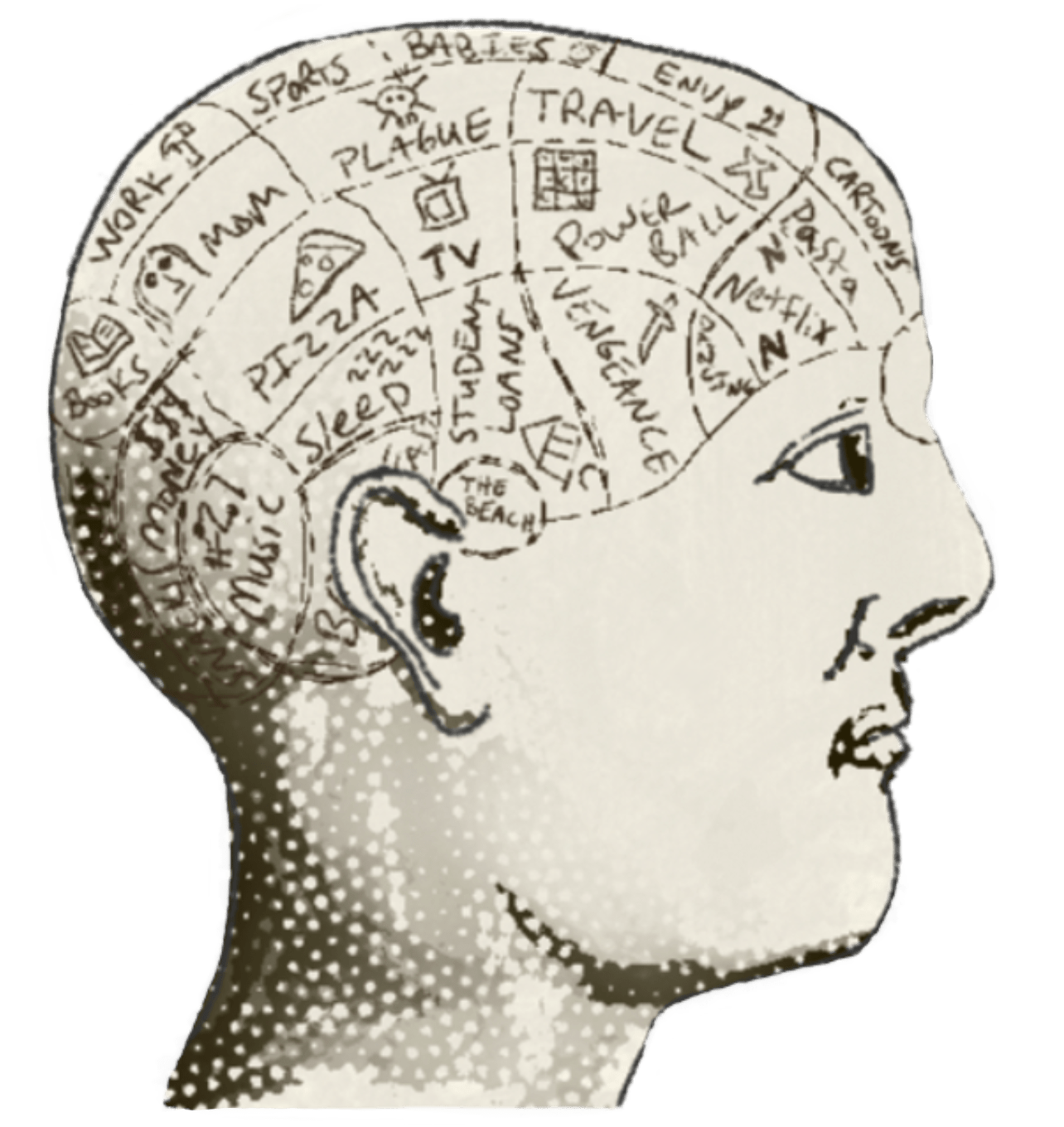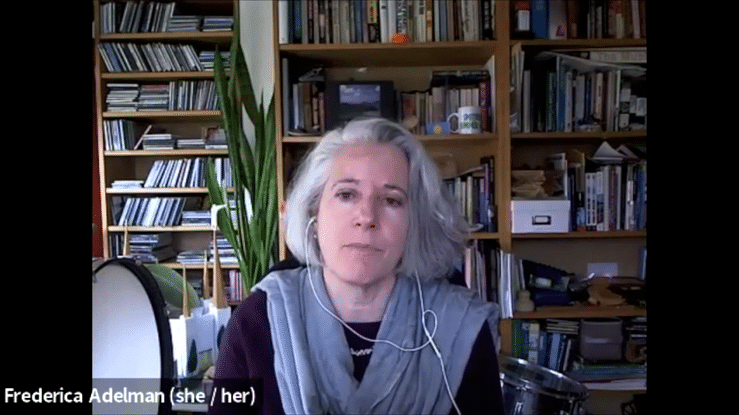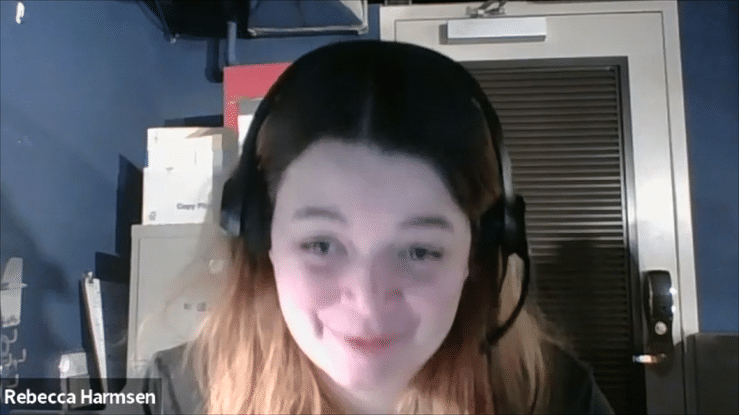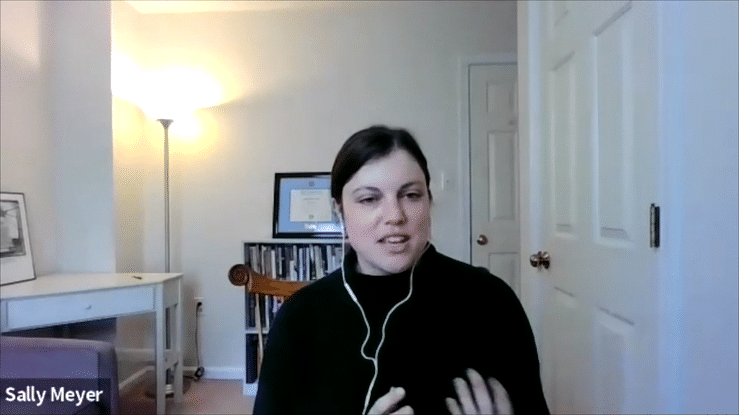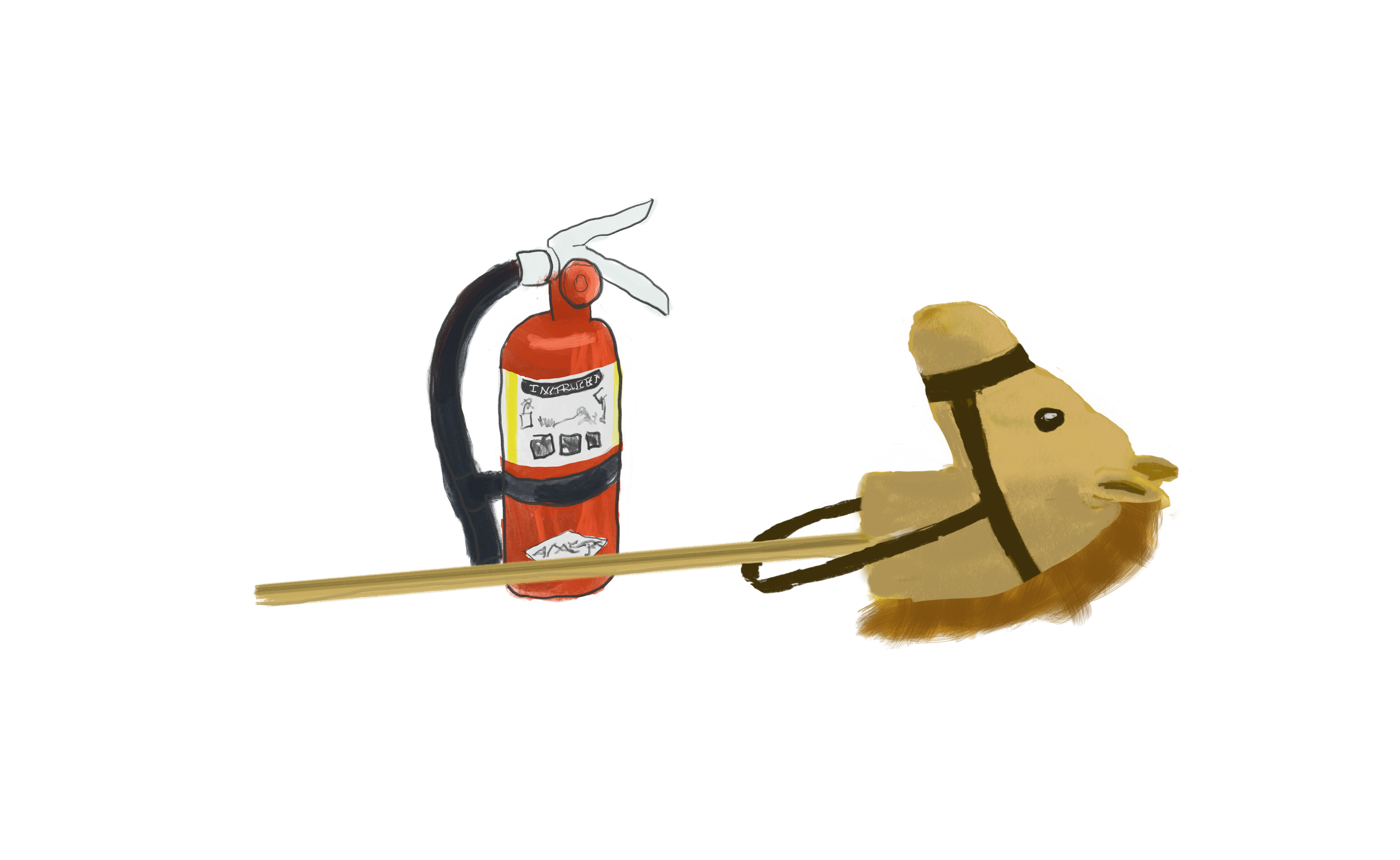Here to Stay: How Virtual Programming Has Helped Museums Expand Community Engagement
Two years into the pandemic, some distinct advantages of virtual programming have become apparent: removing barriers to access such as geographic proximity, traffic, and weather and therefore increasing reach, decreasing onsite hosting and travel costs, and collaborating with non-local institutions. So too have disadvantages, most importantly unequal access to broadband internet.
In my work at Gather Learning, I help museums and lifelong learning institutions navigate the next phase of virtual programming, identifying and maintaining what has worked best and how virtual programming can holistically co-exist with and be complementary to in-person experiences.
In March, I spoke with 4 museum peers about what virtual programming encouraged them to try and what they’ll take from that as they reintroduce in-person programming. The conversations developed from a survey hosted by Museums as Progress, inspired by Priya Parker’s book The Art of Gathering, that asked respondents: how have the constraints of museums’ virtual programming led to improvisations and innovations that were, perhaps unexpectedly, welcome and here to stay?
What arose most strongly in these conversations were the benefits of creatively expanding programming. Not tethered to the in-gallery, object-centered experiences, museums have brought experiences into participants’ homes — at happy hour, in the kitchen — connecting it with their surroundings and daily lives and allowing participants to bring other versions of themselves to gathering, and to welcome a less polished, more human version of museum programming. Museum programs have tapped into shared interests and motivations with book clubs and trivia games and invite participants to share their own powerful, personal stories.
In turn, they’ve seen a different quality and type of participation online — often with participants not joining just once but re-engaging across multiple sessions. Participants have a desire to learn and spend quality time together, which for many can fluidly be on-site or online, with the museum as convener and platform. As museums reflect on what has been most meaningful from the past two years of experimentation and look to the future, they have an opportunity to cultivate the nascent online communities that have developed around their virtual programming.
How they choose to engage and sustain those communities — in ways that extend beyond the boundaries of one program or initiative and invite participants to make meaningful peer-to-peer connections — will define the next phase of online programming. As Frederica Adelman, Director of the Smithsonian Associates, a lifelong learning program, put it, “Virtual programming is here to stay!” With the care, intentionality and creativity that Adelman and so many across the museum field have exemplified, virtual programming — as well as the people it has newly engaged and communities that have developed around it — will indeed be here to stay.
Below are some excerpts from the conversations that, taken together, tell a story of experimentation and iteration that may, once again, prove to be useful frameworks now as museums explore the next steps in developing online programming and communities.
License to experiment
Frederica Adelman, Director, Smithsonian Associates:
The Smithsonian had been experimenting in that online education space but to be honest the production qualities were so high, that we could never afford to do it…. My inspiration for saying, ‘okay, we can do this,’ came in the early days of the pandemic when [Stephen] Colbert was broadcasting from his bathtub. We realized if that’s okay on national TV and people are accepting it and loving it, then we’re going [for it]. And that’s what made the difference.
We attended a lot of virtual programs. We checked out other museums and theaters and wanted to see how other experiments were working in this new online world. We held a lot of lessons learned sessions. We came back and were unabashedly borrowing, which is what we do as educators, right? We borrow from one another, we learn from one another….
The possibilities, the potential is what we’ve learned. We had held ourselves to an unreasonable standard but because we are in the education business, and the experimentation business, and the piloting business, this new online programming showed how we were educating and experimenting and piloting and that it was okay to show our work. People stood by us, they invested in us. ….They’re saying, ‘we’re with you, we want you to keep trying this, we like these experiments.’
Hear more from Fredie in the video below:
Creatively expanding beyond the constraints of in-gallery formats
Sally Meyer, Adult Programs Manager, Museum of the Shenandoah Valley:
Pre-pandemic, I had always been a very objects-based, in-person [programmer]. I wouldn’t say I was anti-virtual programming…but it didn’t seem like something our audience would be game for. The pandemic forced the issue for us and our audiences …
There were 2 programs in particular that really seemed to work well virtually and were not programs that we had ever done or attempted before the pandemic. One was Art @ Happy Hour, and the other was History in the Kitchen. Both of those had the distinction of being led by staff; it was an opportunity for our staff to find interesting things in the collection, research them ourselves, and give programs. For Art @ Happy Hour, we had talked about doing art and cocktail programs before, but it’s really expensive to get a temporary ABC license, and drinks themselves are expensive and not functional since you can’t be in the galleries with a glass of wine. Similarly, for History in the Kitchen, the museum’s Director of Community Engagement was inspired to pair baking demonstrations with close looking at items in our collection. Getting the food licensing [to do this onsite] would have been complicated and not necessarily worth the return.
Because the programs are staff-led, it’s been remarkable to have people come up to us IRL and tell us they enjoy the programs and they appreciate them. They recommend them to their friends. That’s allowed us to be braver in trying different program models.
Connecting programming to participants’ lives and surroundings
Heidi Moisan, School Programs Manager, Chicago History Museum:
We have a workshop that we do around the Great Chicago Fire and it uses art as the way of exploring that topic. We’ve always done it onsite.… We knew the visuals would transfer really well into a virtual space, and we weren’t sure if [asking kids to act out the details of the painting would work], but thought the physicality of the experience was very important. It brings the painting to life, it helps build empathy.
We just tried it and it was amazing to see the kids at home acting out to their hearts’ content. They could really move around in their own spaces … They started grabbing props — there are horses and wagons in the painting, and one girl had a horse head on a broomstick and started riding her horse to escape the Great Chicago Fire. [The program] ends by talking about lessons from the fire….One little boy said ‘I have an idea,’ and he ran out of his room and came back with a fire extinguisher and talked about fire safety…. To see them associating their personal objects with what we were talking about was pretty amazing …
Don’t be afraid to experiment. Approaching things a little more organically gives space for the unexpected to happen.”
Participant-centered programming
Rebecca Harmsen, Volunteer Services Specialist, Museum of Flight:
About a month after the museum closed, we decided we really needed to stay engaged with our volunteers [because] we knew everyone was really struggling. We went back to that importance of the community. They needed an outlet, and to step away from life and the uncertainties …
We started with our usual presentations and what we know, but we ran out. In the end, it became that we had to get creative. It became a lot more flexible. I learned how to do book discussions, movie discussions, bingo, and virtual tours; other staff members gave presentations, someone’s dad who was on a nuclear submarine gave a presentation…. We decided if you have a story to tell that is loosely based on the museum or that in some way connects to airplanes or space — or a personal story that is really powerful and important to you — let’s do it… There's a lot of power in these connections. If you connect all those experiences together, you build this community that is really powerful.
[My advice is to] take the extra step of getting to know your audience in any small way, especially in the virtual realm when you can’t see them. Try to build an experience around them. ‘If you want it to focus on this, yes, we can do that.’
What has your experience been with virtual programming these past few years? Let me know in a reply or leave a comment on the blog. You can also subscribe to Gather Insights to be notified about more resources and read additional articles on Gather’s blog. Learn how Gather is partnering with museums and lifelong learning institutions to support and amplify their programs, content, and communities.
Kelly
